Simons Observatory launches big bang inflation measurements
Monday, June 24, 2024
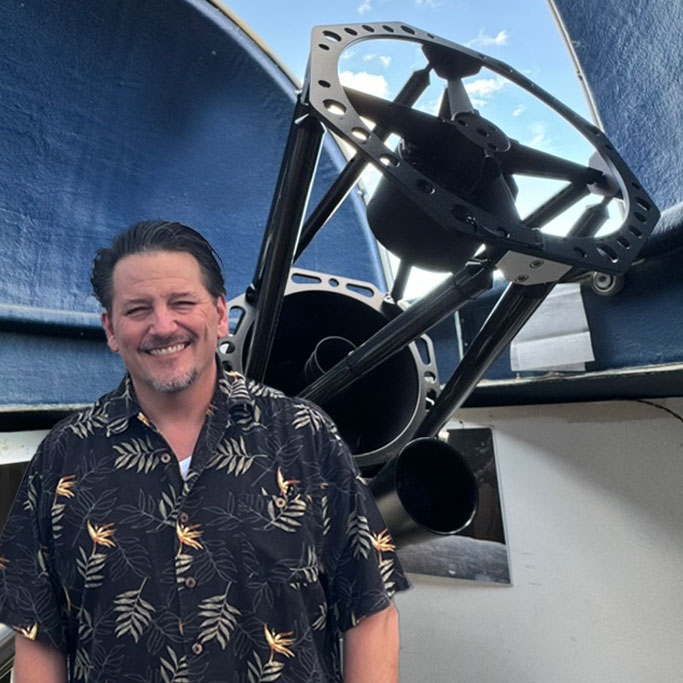
|
Richard Harris |
Simons Observatory launches groundbreaking observations to investigate the universe's origins. With a large and three smaller telescopes, the project aims to shed light on the moments following the Big Bang.
The Simons Observatory in Chile's Atacama Desert is set to tackle one of the universe's greatest mysteries: what transpired in the moments following the Big Bang nearly 14 billion years ago.
Simons Observatory launches observations to investigate big bang inflation
This observatory features a large aperture telescope alongside three smaller telescopes, each with approximately half-meter apertures. Michael Niemack, a professor of physics and astronomy at the College of Arts and Sciences, leads the Cornell team involved in this multi-institution collaboration. Two of the smaller telescopes have completed initial testing and have begun scientific observations, marking a significant milestone in this decade-long project.
Doctoral candidate Ben Keller and Princeton collaborator Suzanne Staggs installed a detector array in one of the small telescopes last October. The large aperture telescope, once operational, will deliver precise measurements of the Hubble constant and provide insights into the universe's expansion, while the smaller telescopes will focus on the early inflation of the universe.
Niemack noted that the large aperture telescope is similar to the Fred Young Submillimeter Telescope (FYST) in Chile, though it operates at longer wavelengths. The observatory's telescopes are designed to detect signals from the hypothesized rapid expansion shortly after the Big Bang. These signals, seen as fluctuations in the cosmic microwave background's polarization, are produced by gravitational waves from the universe's infancy.
Niemack's team, comprising undergraduate and graduate students, postdocs, and a high school volunteer, has spent years developing the detector arrays and testing various subsystems. The collaboration is led by Brian Keating of the University of California, San Diego.
Doctoral student Zachary Huber expressed excitement about the potential discoveries, noting that the findings may surpass their expectations. The small aperture telescopes each contain seven detector arrays arranged hexagonally, with nearly 2,000 detectors per array. These detectors must be cooled to minus 273 degrees Celsius to detect the faint light from the early universe.
Niemack described the intricate nature of the detector arrays, which utilize optical components, antennas, and nano-fabricated structures to measure light polarization and convert it into heat. This heat is then measured using highly sensitive superconducting transition edge sensors.
Keller, who has been involved in testing and characterizing the detectors, also had the daunting task of hand-carrying the delicate and costly arrays from the U.S. to Chile. The observatory's high-altitude location at 17,000 feet adds to the challenge, requiring oxygen supplementation for the team.
Huber was in Chile last year installing computing infrastructure to handle data from the telescopes, a task that also prepares him for similar work on FYST. Despite the Simons Observatory's active science operations, Niemack's team continues to develop and improve the instruments. The National Science Foundation has provided $50 million for additional detectors, optics, and solar panels for the large aperture telescope, a project that is already underway.
Photo credit: Michael Niemack
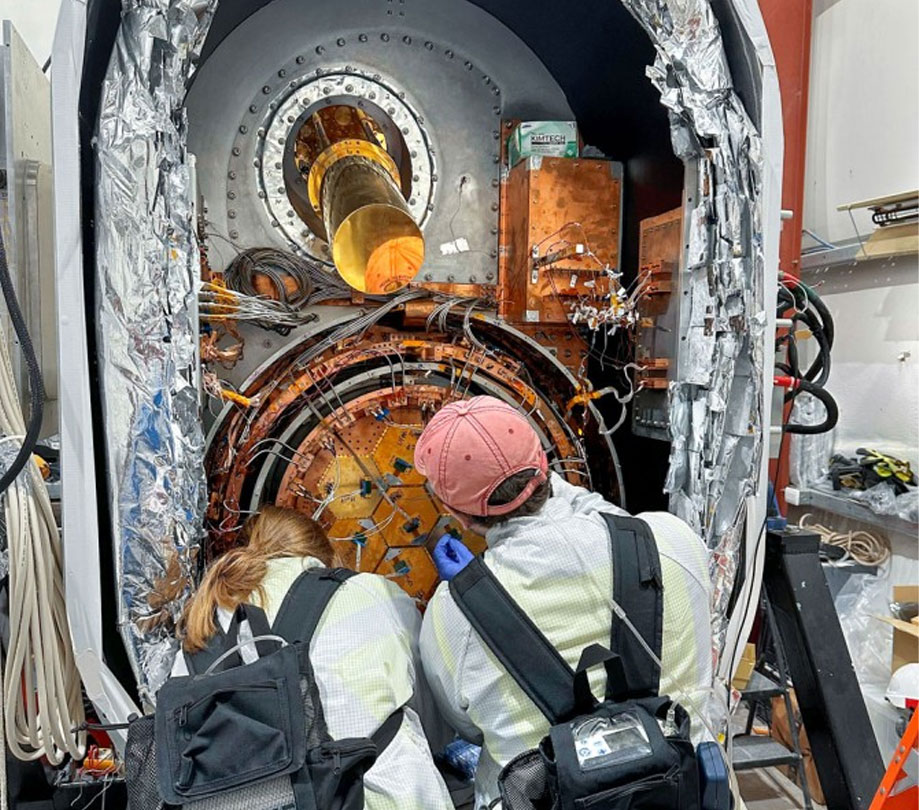
Ben Keller and Suzanne Staggs install detector in Simons Observatory telescope
Photo credit: Yuhan Wang

Michael Niemack Alicia Middleton and Isla Steinman collaborate in physics lab
Photo credit: Ryan Young/Cornell University
ScopeTrader's latest survey
Featured Stories
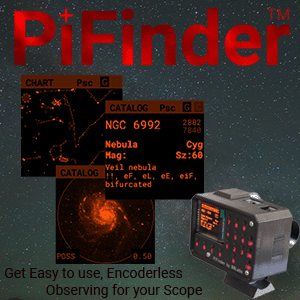
Stay Updated
Sign up for our newsletter for the headlines delivered to youSuccessFull SignUp

|



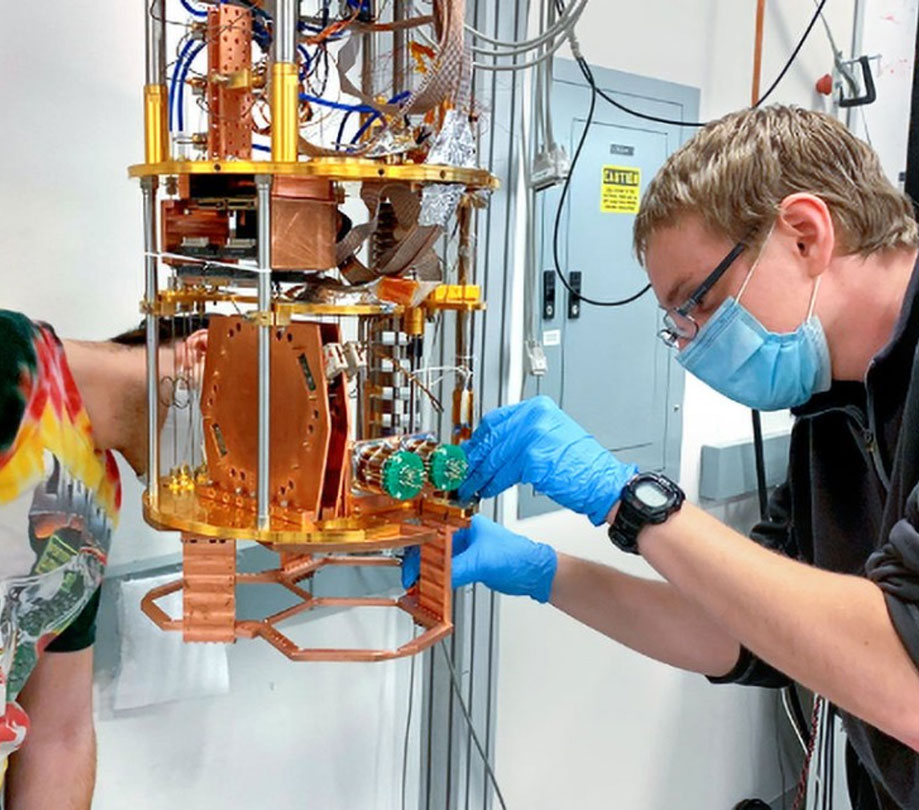

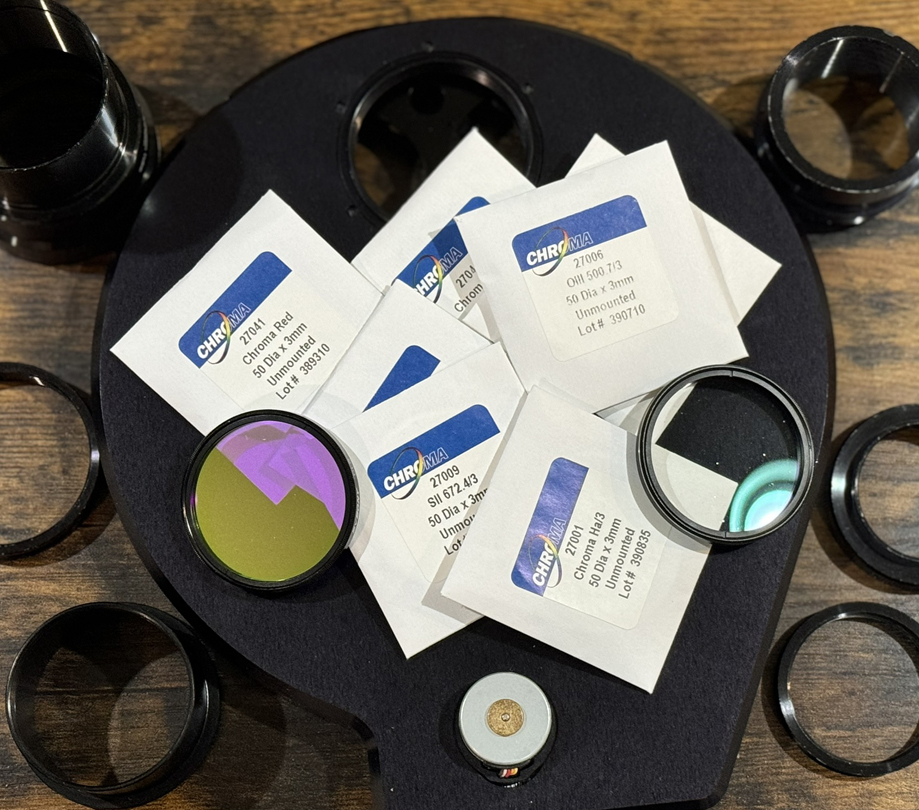
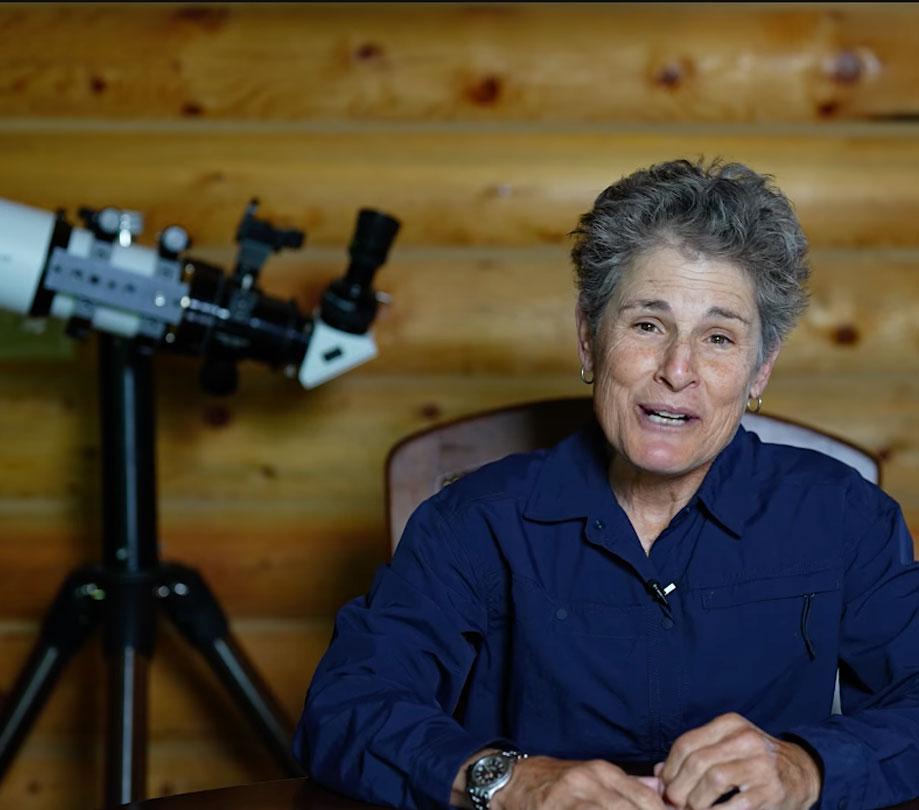

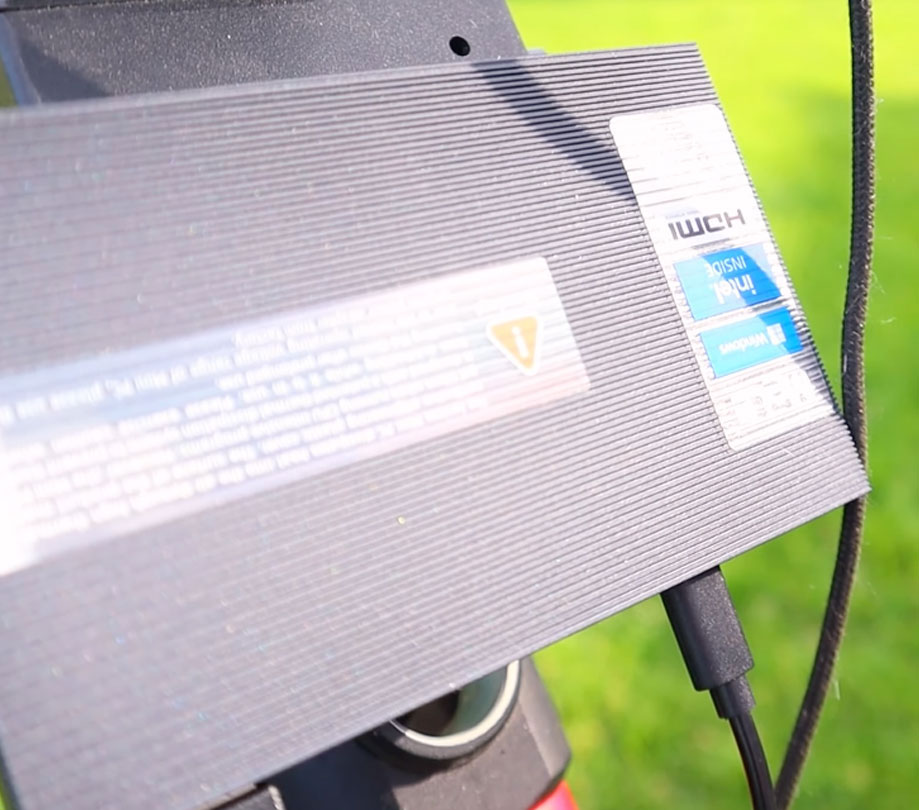
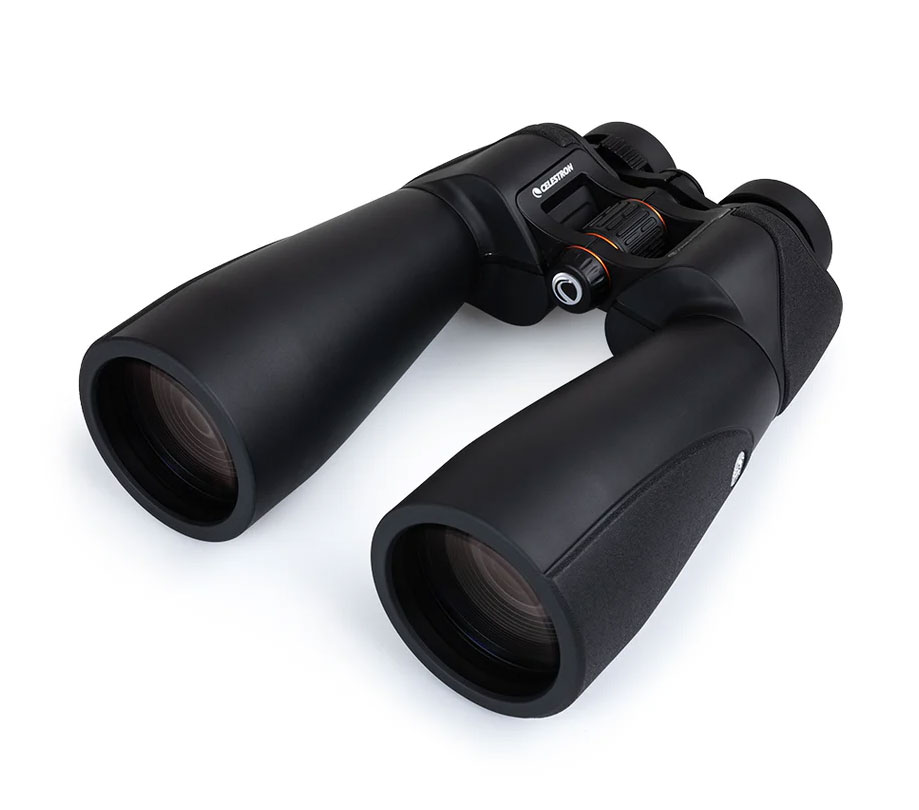
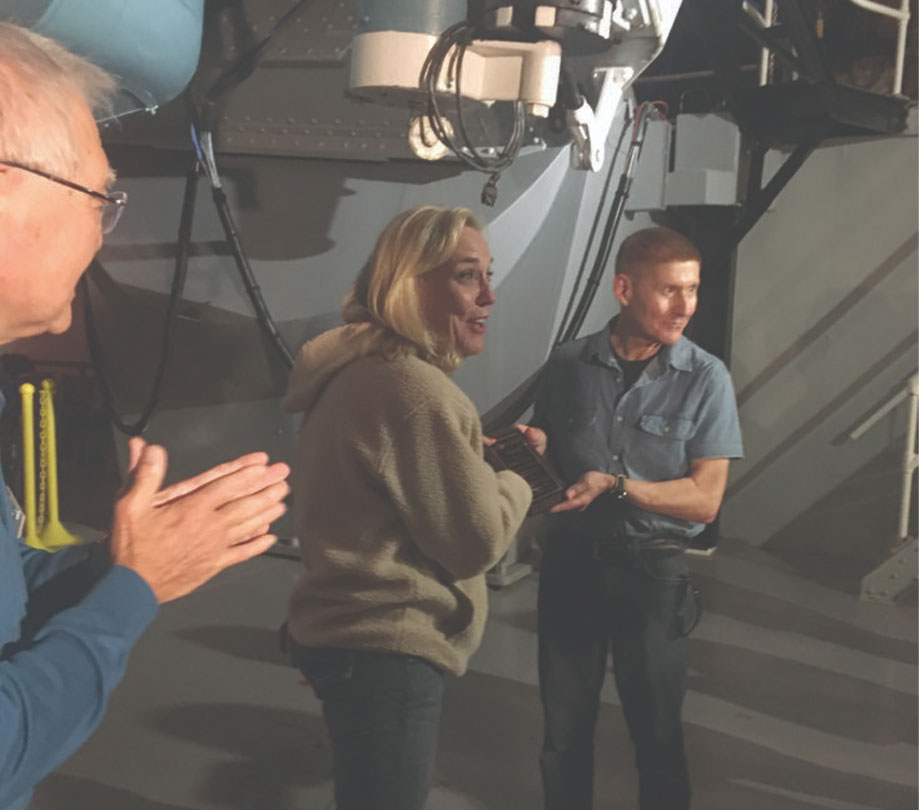

Comments